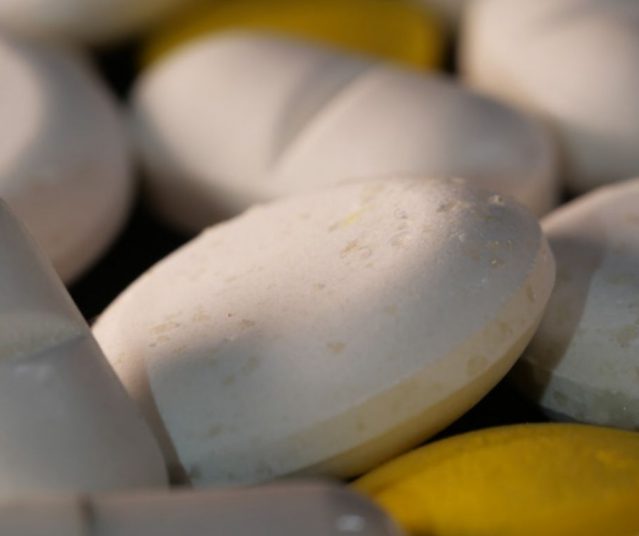
When a person is caught in possession of a drug in excess of the traffickable quantity, the prosecution can rely on the quanitity of drug to prove that the drugs were for supply. This is “deemed supply”.
The important quantity in what is called the “traffickable quantity”. For ecstasy, the traffickable quantity is surprisingly low at 0.75grams. This means that potentially someone caught with as few as 5 ecstasy pills for example could be charged with deemed supply. Supply carries a maximum penalty of 15 years imprisonment. See SUPPLY for more information.
The relevant quantity of the drug is the gross quantity or the total weight including any admixtures. This is different to federal or commonwealth criminal law where the relevant quantity is the pure quantity of the drug.
Just because someone is caught with drugs in excess of the traffickable quantity, and then charged with deemed supply, that does not mean that they have committed a supply. It is an evidential provision. In other words, the deeming provisions assists the prosecution in proving supply. If a person can prove that the drugs were for another purpose, for example for their own use, that is a full defence to deemed supply.
Although it is still a matter for the prosecution and their discretion whether to charge someone with supply, with traffickable amounts being as little as 0.75 grams for ecstasy and 3 grams for cocaine, the number of people who find themselves potentially facing charges of supplying a prohibited drug will continue to be significant.
Photo by Rūdolfs Klintsons